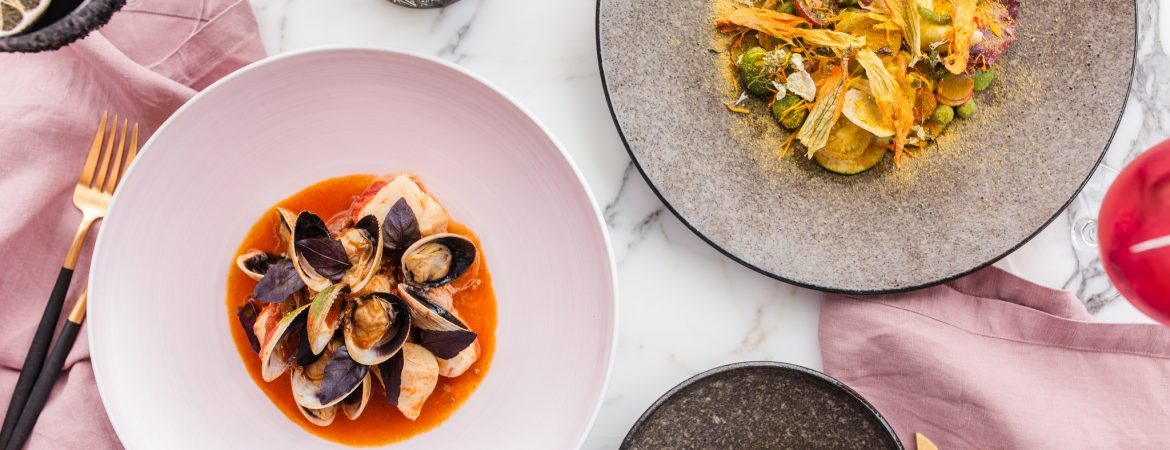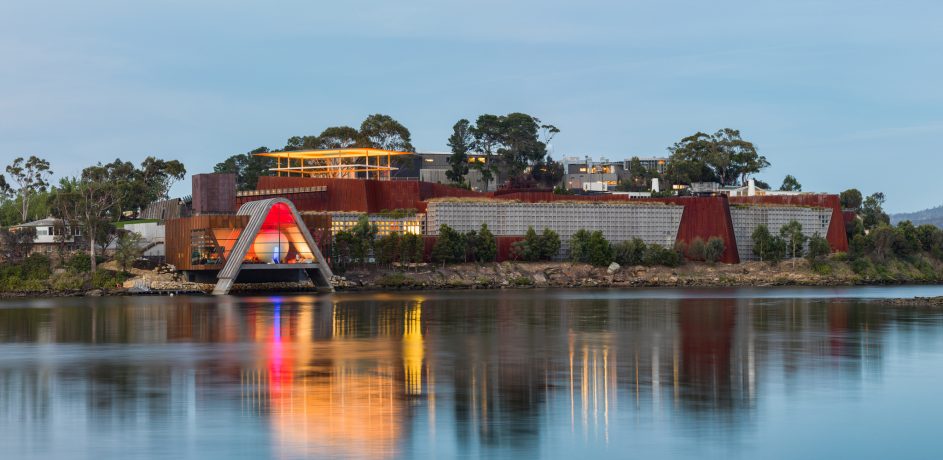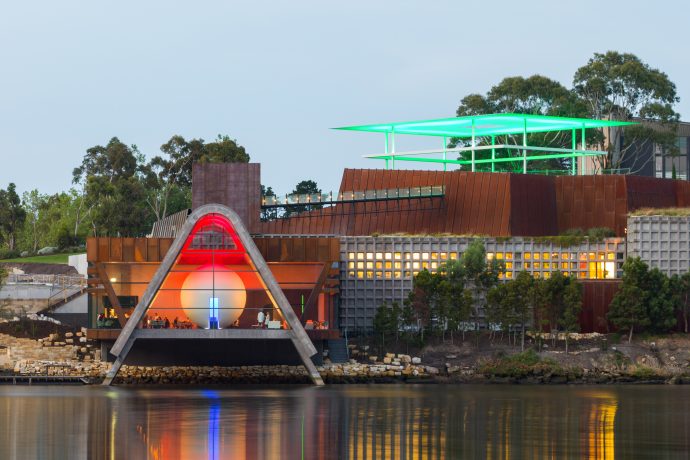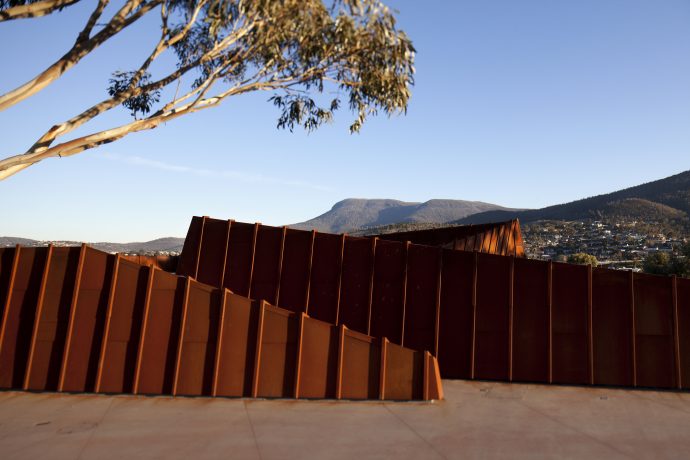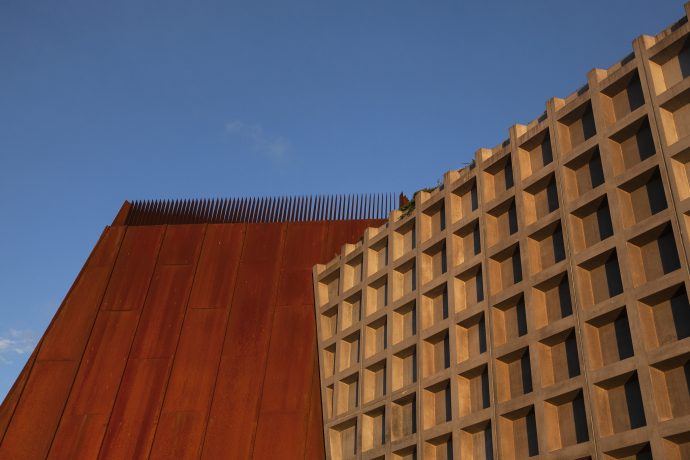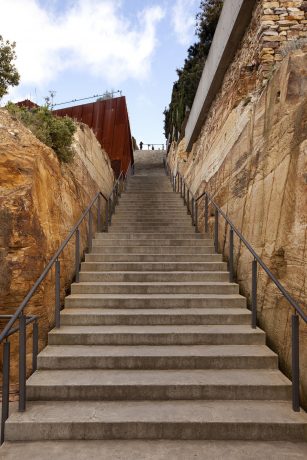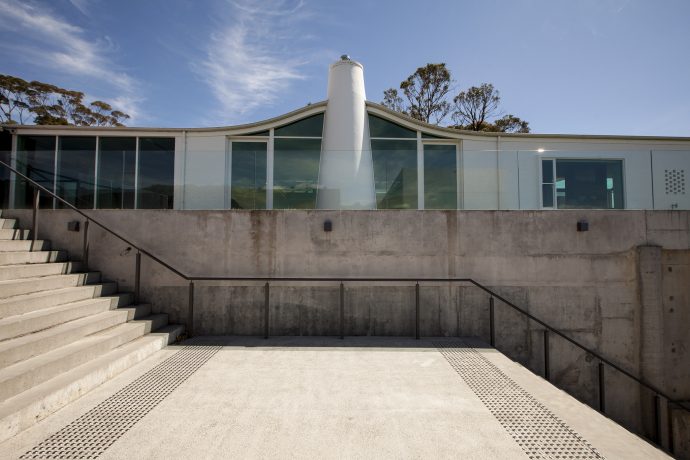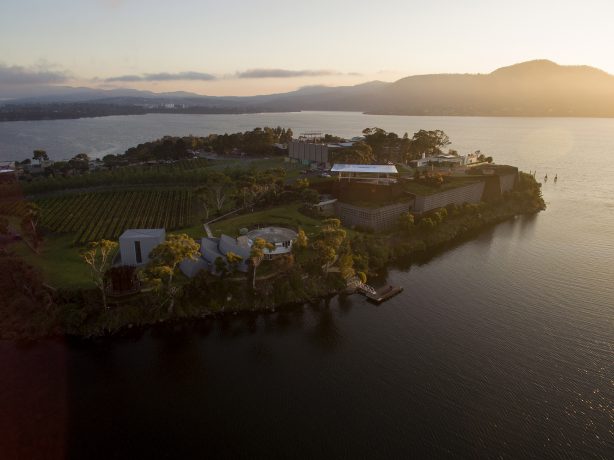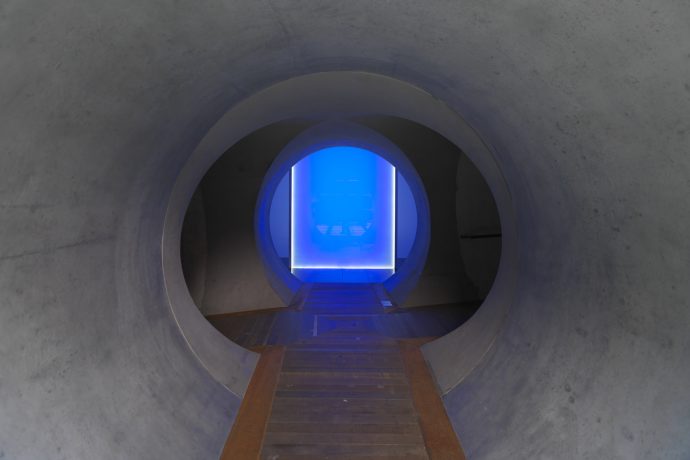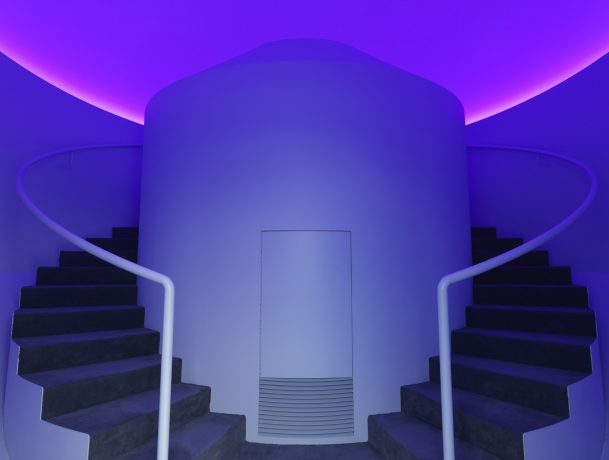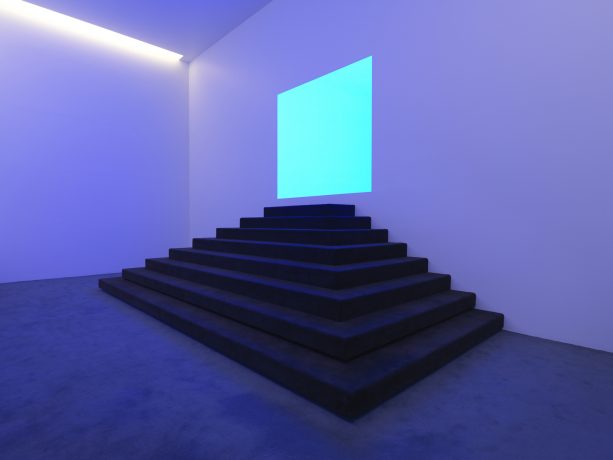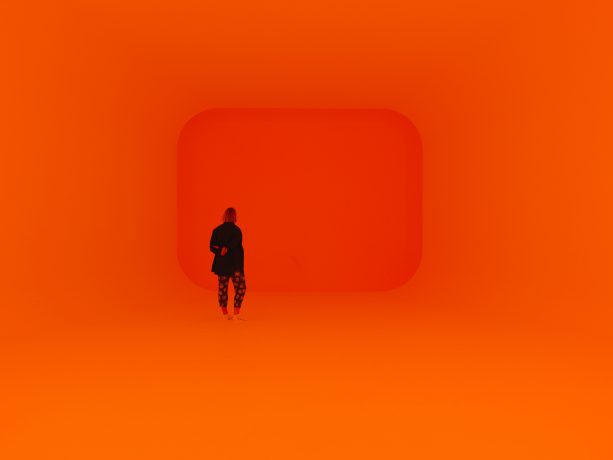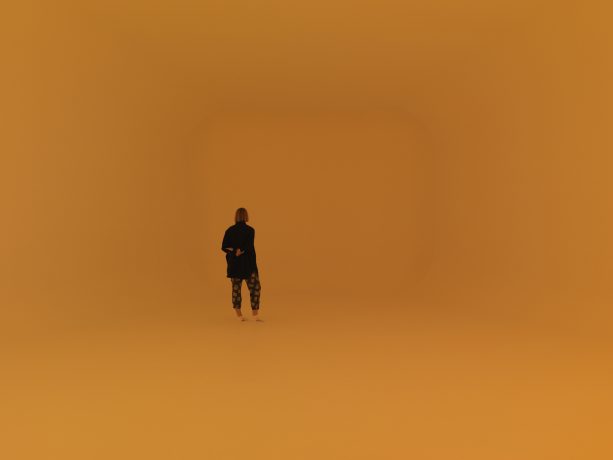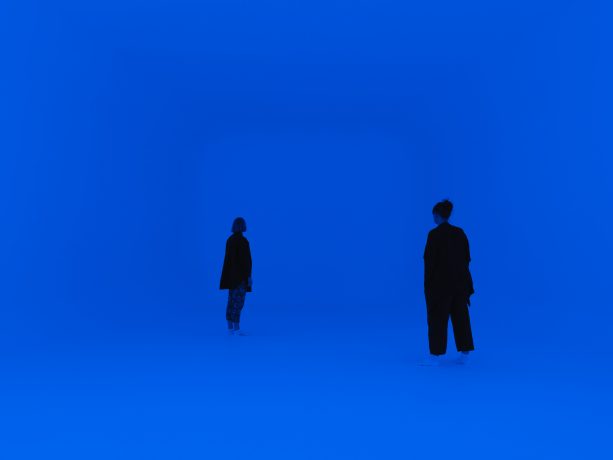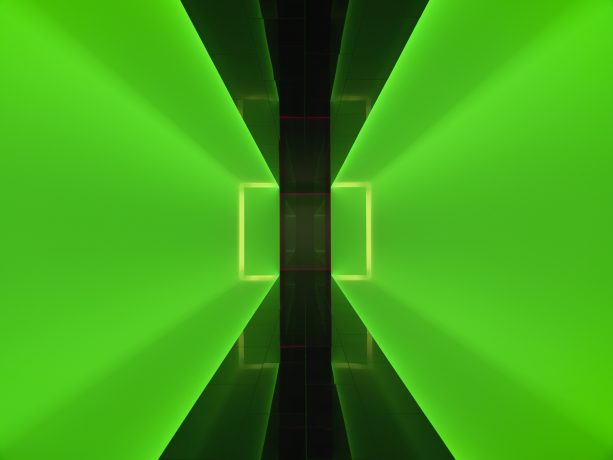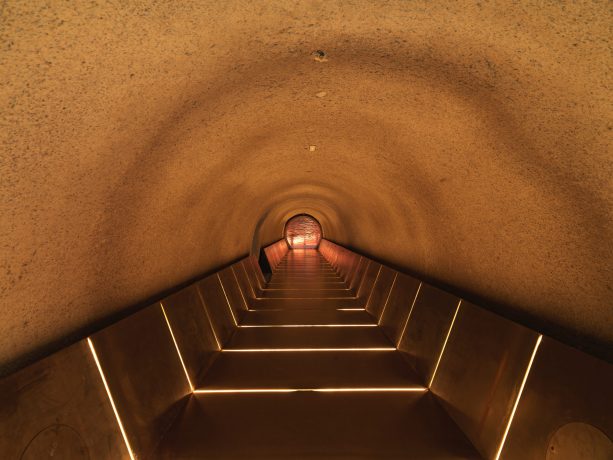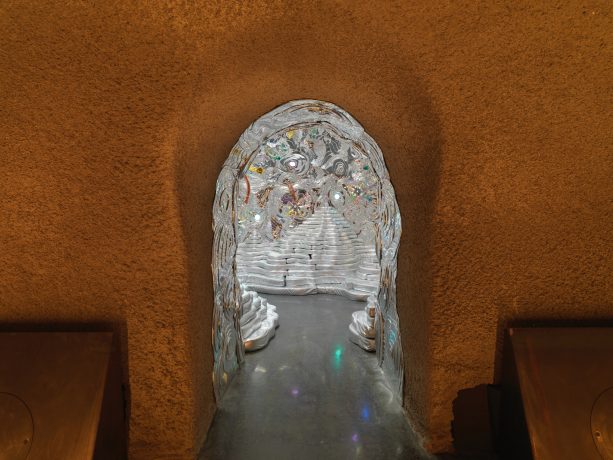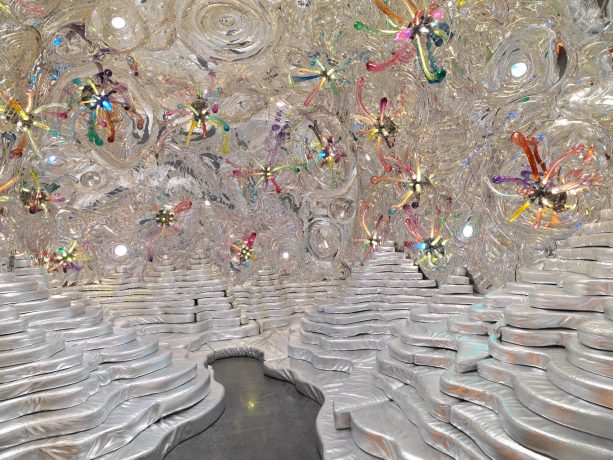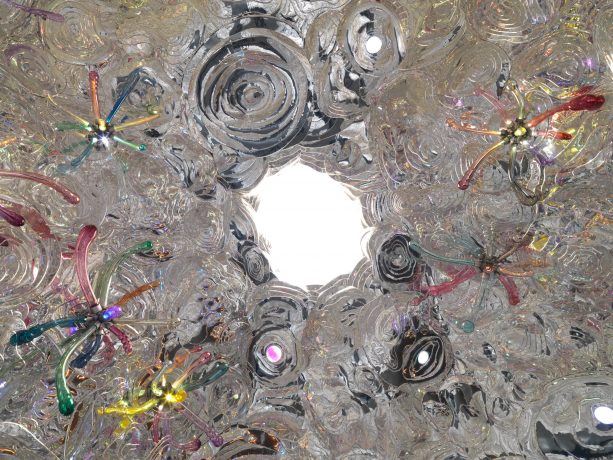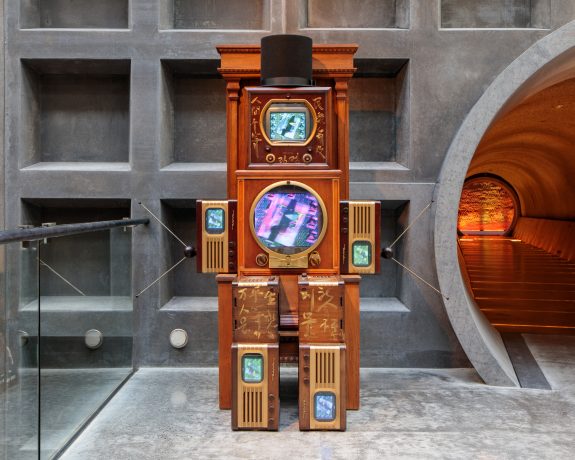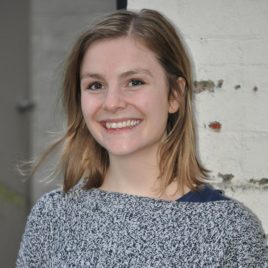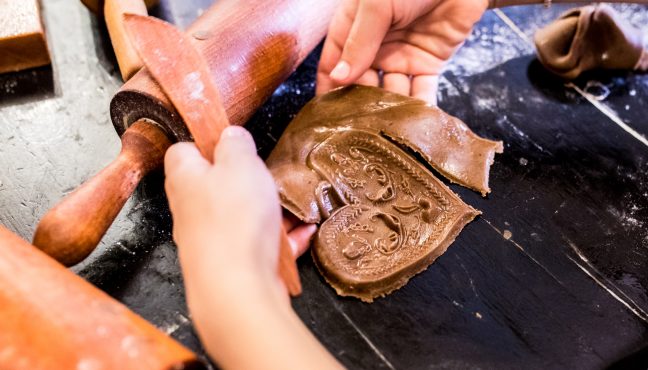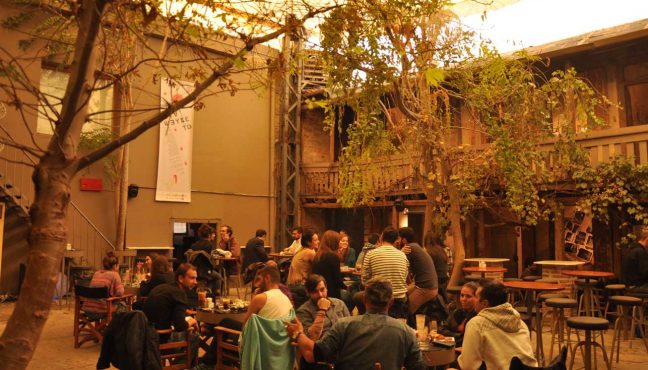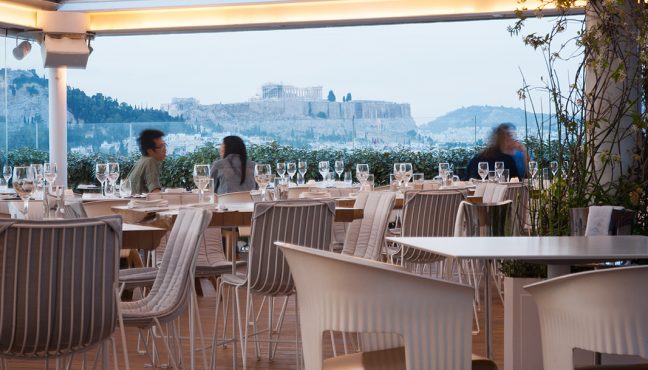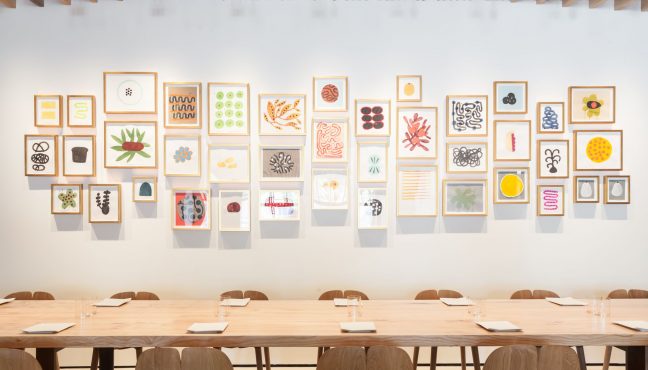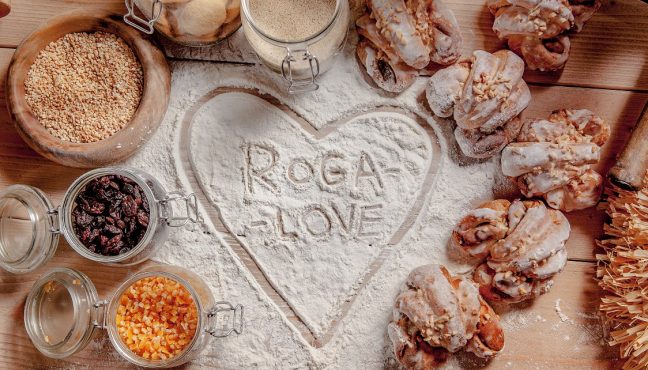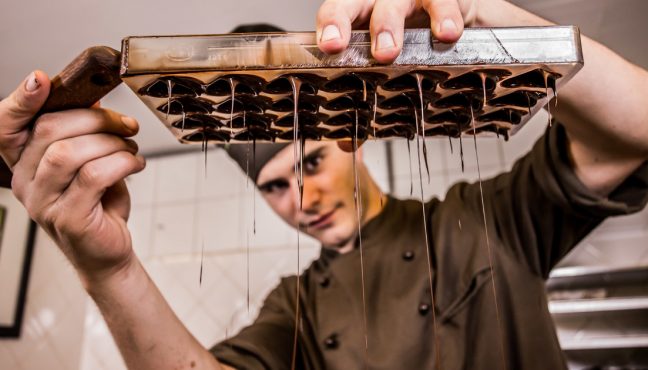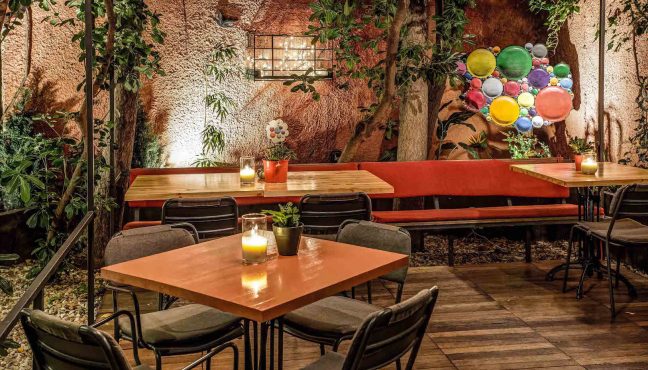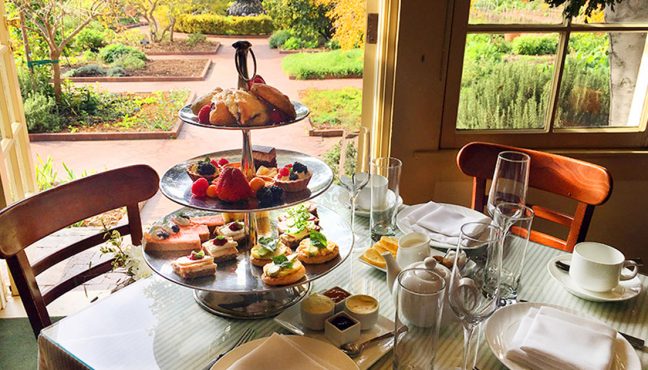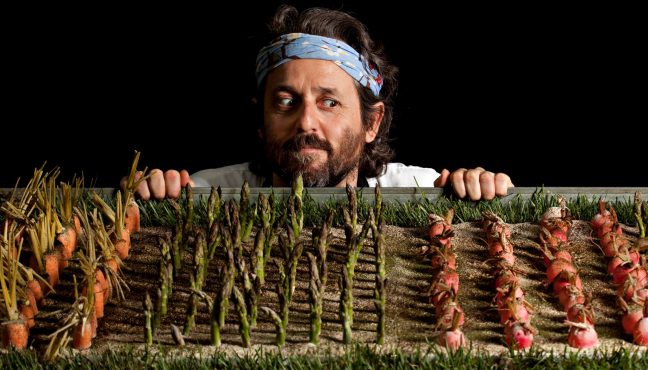The kitchen of Faro is long and wide. In the centre is a bench – piled high with squid – and at the back are pots bubbling on the stove. Vince Trim, Executive Chef at Mona, stands stirring one. It is 4pm, and he and his staff are preparing the night’s menu.
Faro is the newest restaurant at the Museum of Old and New Art (Mona), joining the café, Source Restaurant, Wine Bar and Heavy Metal Kitchen (found outside the museum in the summer months). It opened on 26th December 2017 – the museum’s busiest day of the year. The menu is European: think ‘Aged-dried Wagyu, peas, broad beans, peppers, mint olive oil toast’ or ‘Clams, cod, braised pork, pimento’. Cocktails are available at the bar.

Image courtesy of the artist and MONA Museum of Old and New Art, Hobart, Tasmania, Australia

Image courtesy of the artist and MONA Museum of Old and New Art, Hobart, Tasmania, Australia
Trim came to Mona from, first New Zealand, then Sydney, and has been cooking here since the museum first opened. The idea for Faro came from David Walsh, he says – the museum owner. The genesis? Style, interaction and art: ‘He knew what was coming’ says Trim. ‘What the space was going to be for’.

Image courtesy of the artist and MONA Museum of Old and New Art, Hobart, Tasmania, Australia

Image courtesy of the artist and MONA Museum of Old and New Art, Hobart, Tasmania, Australia
Outside the kitchen, the sun streams into Faro through large, glass windows onto the tables of the restaurant. The building itself is suspended across the River Derwent; beneath the windows, the water swirls with the force of the wind and tide. Inside, visitors lounge on white couches, murmuring. And in the centre, between the tables and chairs, is a large white sphere; every 20 minutes, two people enter; another 20 minutes later, they re-emerge.

Image courtesy of the artist and MONA Museum of Old and New Art, Hobart, Tasmania, Australia

Image courtesy of the artist and MONA Museum of Old and New Art, Hobart, Tasmania, Australia
Faro is unusual for a restaurant in many ways. First, it is at the heart of a museum, and as such, is subject to museum ebbs and flows; 2000 people one morning, 100 the next. It is tucked within Pharos, the newest wing of Mona, and only accessible down Beside Myself – a light tunnel by James Turrell. Walsh describes the Pharos wing as a ‘processional’, a religious ceremony in honour of light. Emerging from the tunnel and standing, blinking, in the sunlight of the restaurant, it is easy to see why.

Image courtesy of the artist and MONA Museum of Old and New Art, Hobart, Tasmania, Australia

Image courtesy of the artist and MONA Museum of Old and New Art, Hobart, Tasmania, Australia
But light is central to the wing in other ways. Pharos holds four works by Turrell, of which the light tunnel is only one. Others include Event Horizon, Weight of Darkness, and – in the centre of the restaurant itself – Unseen Seen, a Perceptual Cell. At night, when the museum visitors’ leave and the bookings arrive, Faro becomes a ceremony of food and art – Art + Dinner, as Mona likes to call it. Between tapas, patrons are invited to take off their shoes, sign a waver, and enter the cell, leaving their possessions behind.

Image courtesy of the artist and MONA Museum of Old and New Art, Hobart, Tasmania, Australia

Image courtesy of the artist and MONA Museum of Old and New Art, Hobart, Tasmania, Australia
Event Horizon, around the corner from Faro, is also accessible during evening hours. Standing outside, the artwork appears square, flat and 2D. But ascending the staircase, visitors step into another world, where the walls are white and rounded; staring into the depth, perception is lost. Slowly, the white turns a deep pink, then purple, then green; colours crisscross, dance and merge before your eyes.
Art and food have always been linked, Trim notes. But in Faro, this relationship is found in many ways. The staff wear a uniform designed by Melbourne’s Alpha60 and inspired by the light tunnel; and on the way is the Pearl, a chocolate-coated, sphere-shaped desert. Finally, the Caterpillar Plates – designed by Mona’s own Kirsha Kaechele – will be a circular set of tableware, presenting the cuisine in a long, curved row.
At the back of Pharos’s atrium, past Randy Polumbo’s Grotto and above Richard Wilson’s 20:50, is a dug out cavity in the building – raw and uneven – with the words ‘to be continued’ hanging in the centre. Faro is very much in its infancy, says Trim. Soon, the Pharos wing and the main museum will be connected through a network of tunnels, dug deep into the earth. This – along with a hotel planned in the following years – will see Pharos grow and change, Faro along with it.
Pharos in ancient Greece was a lighthouse – a light across the seas. To Trim, Mona takes ideas and brings them to life. Standing in Pharos, it feels like just that: a collision of time, money and resources – an idea that’s been bottled, shaken, and let free. In the quiet of the afternoon, Trim tastes the sauce: ‘We are only just starting to breathe now’, he says. ‘To decide what we want to do here.’
